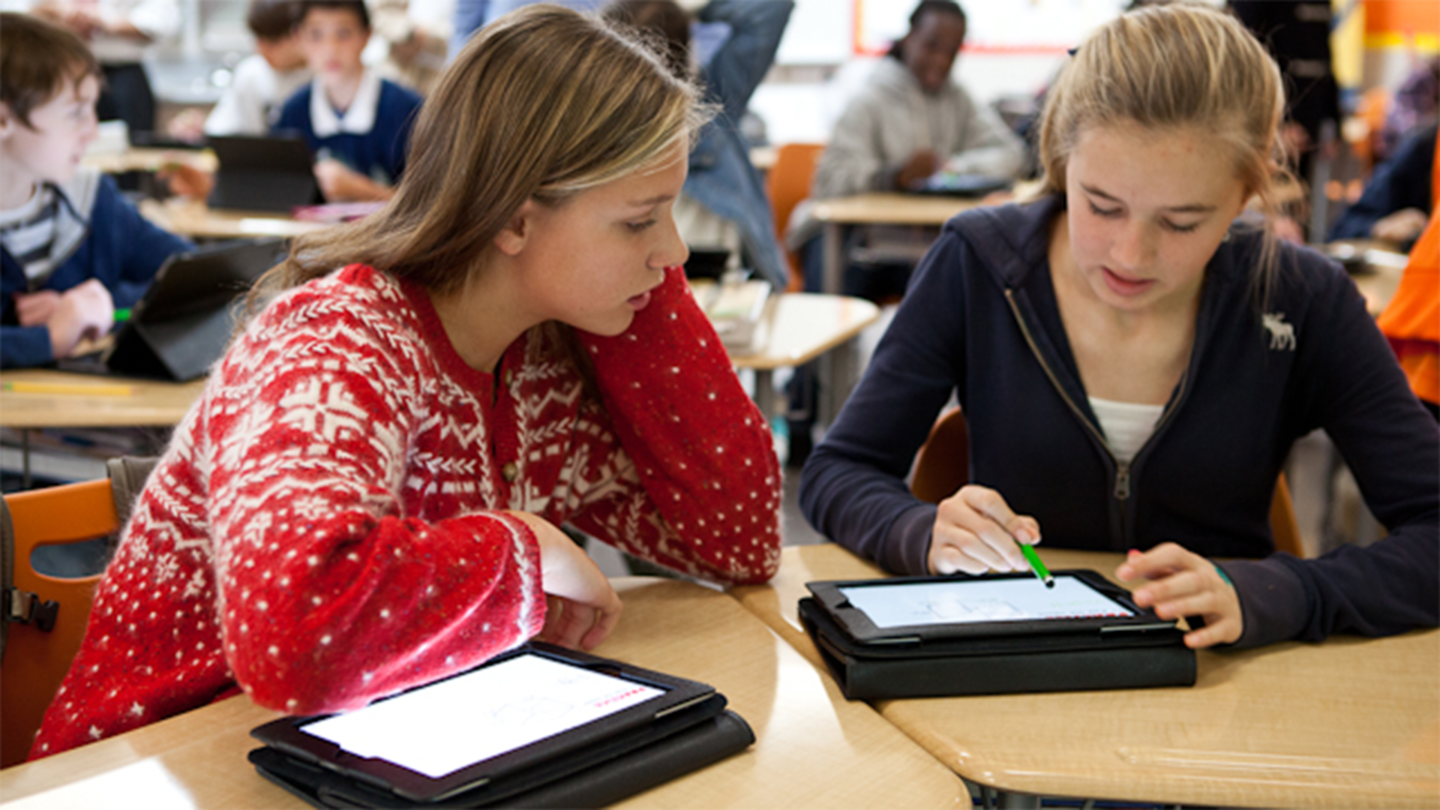
Strategies to “go deep” when reading digitally
Students are doing more reading on digital devices than they ever have before. Not only are many teachers using tablets and computers for classroom instruction, but many state tests are now administered on computers, adding incentive for teachers to teach digital reading strategies. But casual digital reading on the internet has instilled bad habits in many students, making it difficult for them to engage deeply with digital text in the same way they do when reading materials printed on paper.
Devin Hess sympathizes with educators’ concerns, but believes digital reading is here to stay and teachers have a duty to equip students to engage with digital texts in meaningful ways. Hess was a middle school social studies teacher and early tech adopter in his classroom. Now he works with the UC Berkeley History-Social Science Project training social studies teachers on deep reading strategies. The techniques were developed by the Project for reading on paper, but Hess has worked to extend and further them in the digital space.
“I don’t believe technology should ever be taught separately,” Hess said. Most of what he helps teachers learn are plain old good reading strategies, but he tries to highlight how practicing them in the digital space can make feedback easier and help students go further in their thinking.
‘The goal in almost all the strategies is to slow the kids down so they are focusing on this text.’
“The world is almost forcing us to go there,” Hess said. He sees deep digital reading as a new kind of literacy and a crucial one for the academic environment, as well as for students who will grow up to be adult citizens interacting with digital text as they move through their daily lives. See full article here strategies-to-go-deep
